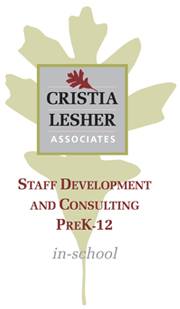Behavior: who are authority figures?
Date: June 30th, 2015
By: Polly Bath
Polly Bath: No one likes to be told what to do. No one likes to hear the word no. And, worst of all, no one wants to be in trouble for something they’ve done wrong.
Especially kids! Which leads to them having problems with authority.
For example, you walk into a classroom and a student says to you, “You’re not my teacher. You can’t tell me what to do.”
This often happens with para-professionals or volunteers in the classroom. And it shouldn’t.
The same goes with following the rules. The teacher can have a coffee cup on her desk, she won’t walk around the room teaching with it in her hand, but she can have it on her desk. The students, though, may not be allowed to have a coffee cup on their desk.
That’s OK!
From day one, we need to be teaching the children that every adult they encounter–whether in the office, the hallway, or in our classrooms–is an authority figure. And yes, the children DO need to follow the directions from each and every one of those adults.
We have to teach this directly to kids, using a common language.
Adults are authority figures.
Adults have certain privileges that children do not.
Adults may redirect or tell them what to do, and it’s best that the kids listen to reasonable requests and follow those directions.
This is a life skill. We are seeing more and more children who are unable to function in the workplace, in the college level, and any other place they’re asked to function as an adult when these lines of authority have been blurred.
Our goal is to help children be successful in life once they leave the classroom. And we love our job! But we are not doing these kids any favors if we blur those line of authority.

